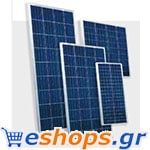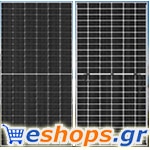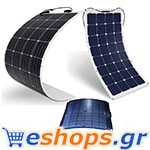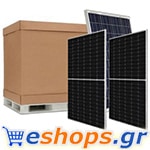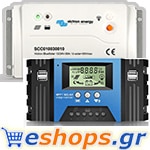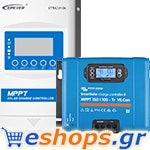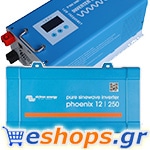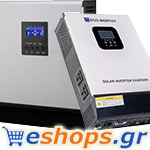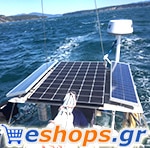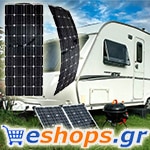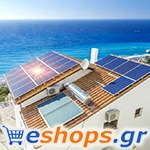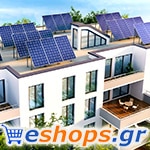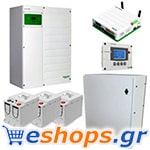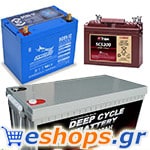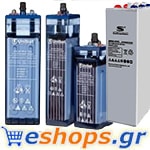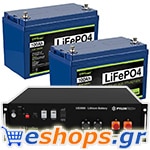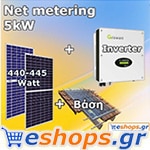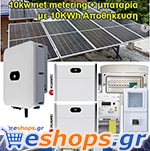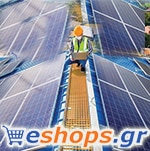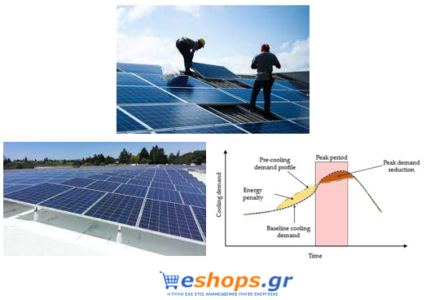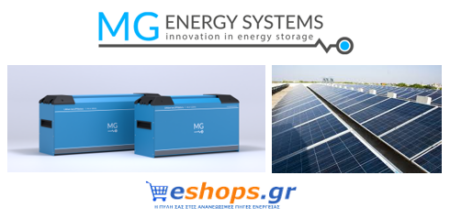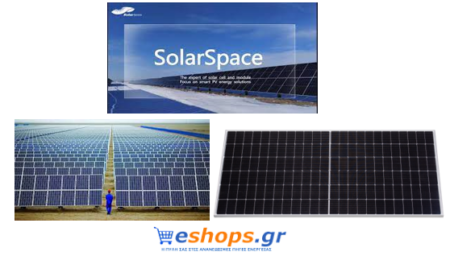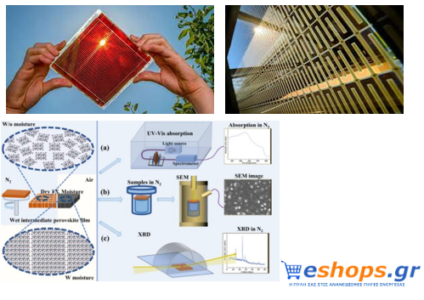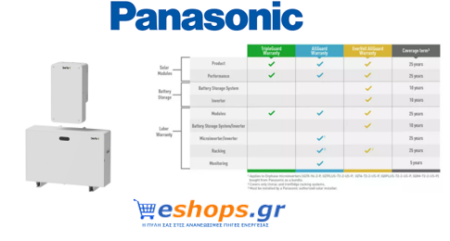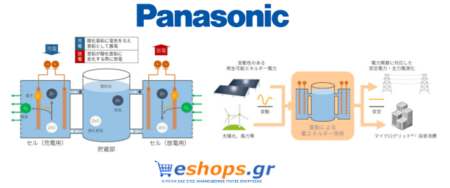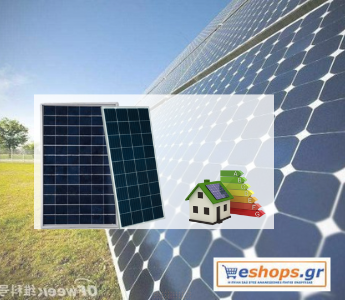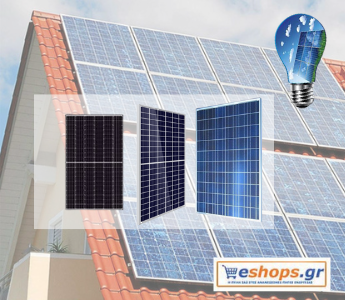The characteristics of solar collectors
The characteristics of solar panels:
A solar panel is a device that directly or indirectly converts solar radiation into electrical energy through the photoelectric or photochemical effect by absorbing it solar light. Its general use has certain limitations.
Currently, crystalline silicon materials (incl polycrystalline silicon and monocrystalline silicon) are the most important photovoltaic materials. Mwith a market share of over 90%, and will continue to be the main material for solar cells for a long time in the future.
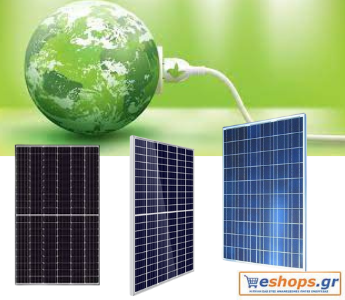
The characteristics of solar collectors
Monocrystalline silicon
The average photoelectric conversion efficiency of solar cells monocrystalline silicon is about 18%. And the highest can reach about 25%, which is the highest photoelectric conversion efficiency of all types of solar cells. But the production cost is so high that it cannot be widely used. Since monocrystalline silicon is generally encapsulated with toughened glass and waterproof resin, it is durable and has a lifespan of up to 25 years.
Polysilicon
The production process of solar cells polycrystalline silicon is similar to that of monocrystalline silicon solar cells. But the photoelectric conversion efficiency of polycrystalline silicon solar cells is much lower, and the photoelectric conversion efficiency is about 16%. In terms of production cost, it is cheaper than monocrystalline silicon solar cells. The material is simple to manufacture, energy consumption is saved, and the overall production cost is lower, so it has been widely developed. In addition, the lifetime of polycrystalline silicon solar cells is also shorter than that of monocrystalline silicon solar cells. In terms of cost performance, monocrystalline silicon solar cells are slightly better.
Amorphous silicon
The amorphous silicon solar cell is a new type of thin film solar cell that appeared in 1976. It is completely different from the production method of monocrystalline silicon and polycrystalline silicon solar cells. The process is very simplified, the consumption of silicon materials is very small, and the power consumption is lower. The advantage is that it can generate electricity even in low light conditions. However, the main problem of amorphous silicon solar cells is that the photoelectric conversion efficiency is low. The international advanced level is about 10% and is not stable enough. As time increases, conversion efficiency decreases.
Complex
The composite solar cells are solar cells that are not made of single-cell semiconductor materials. There are many varieties of research in different countries, most of which have not been industrialized, mainly including: a) cadmium sulfide solar cells b) gallium arsenide solar cells c) copper indium selenide solar cells (new multi-band gradient Cu( In, Ga) thin film solar cells Se2)
Cu(In, Ga)Se2 is a kind of solar light absorbing material with excellent performance. It has multiple semiconductor materials with energy gradient band gap (energy level difference between conduction band and valence band). Which can expand the spectral range of solar energy absorption, thereby improving the photoelectric conversion. Based on this, a thin film solar cell whose photoelectric conversion efficiency is significantly higher than that of a silicon thin film solar cell can be designed. The achievable photoelectric conversion rate is 18%. Moreover, such thin film solar cells do not appear to have efficiency degradation caused by light irradiation (SWE). Their photoelectric conversion efficiency is about 50-75% higher than that of commercial thin film solar panels. Among solar cells, the photoelectric conversion efficiency is the highest in the world.
